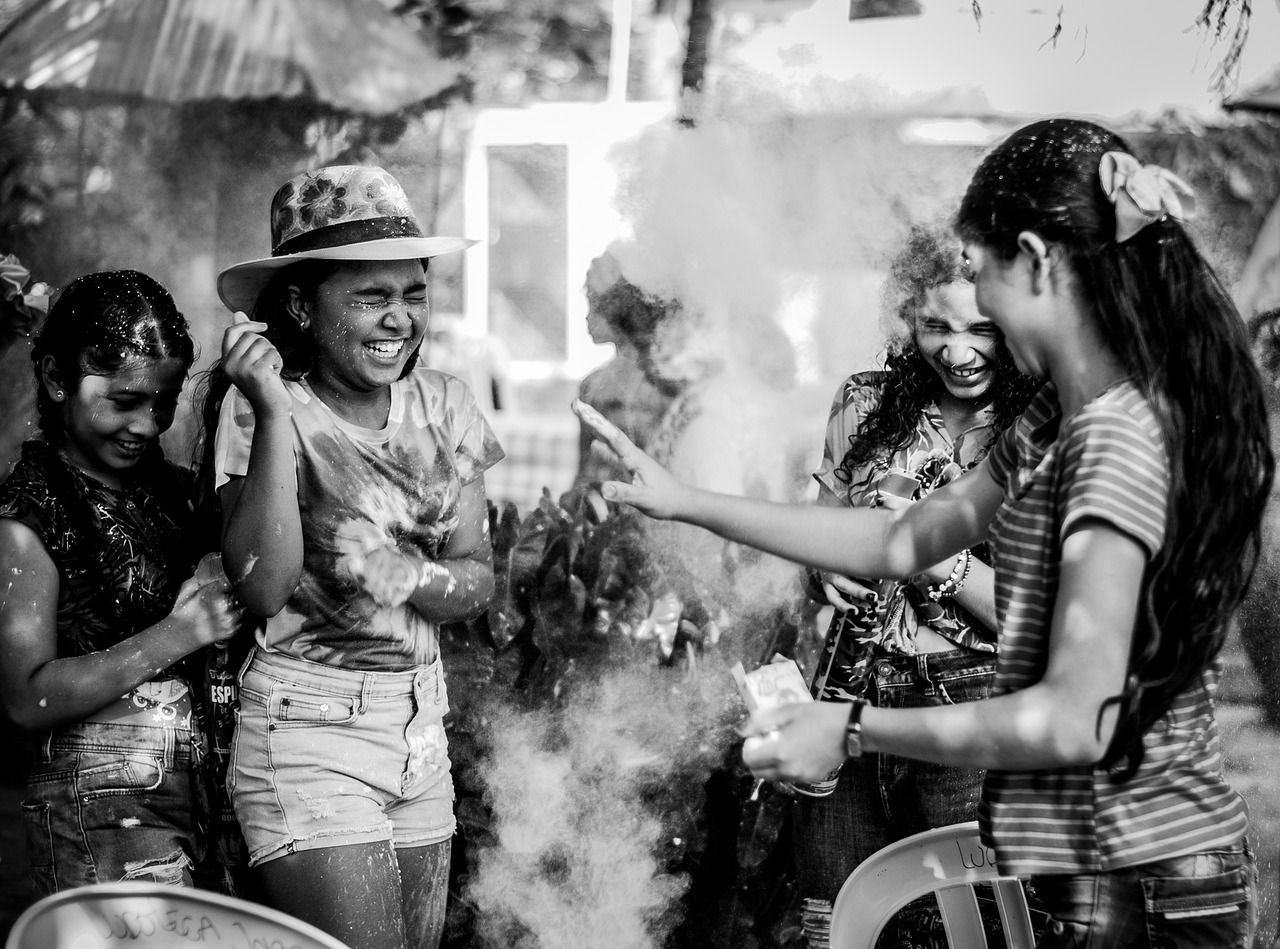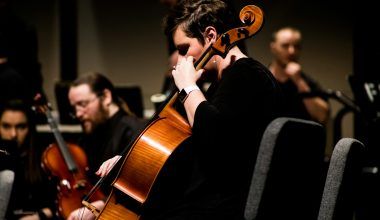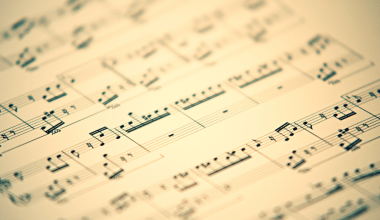The Happy Birthday old song is more than just a melody sung at celebrations; it is a cultural phenomenon. A simple yet powerful tune, it has brought joy to millions across generations. Whether it’s a child’s first birthday or a centenarian’s milestone, this timeless song is a universal symbol of celebration and togetherness.
In this blog, we’ll explore the origins of the, its evolution over time, and the reasons why it continues to hold a special place in our hearts. Let’s dive into the fascinating journey of this iconic tune.
The Origins of the Happy Birthday Old Song
The Happy Birthday old song has humble beginnings, rooted in the late 19th century. Its melody and lyrics have an interesting backstory that traces back to American schoolteachers Patty Hill and Mildred J. Hill.
Key Facts:
- Original Composition: The melody was originally titled Good Morning to All.
- Creators: Patty and Mildred J. Hill, sisters and educators from Kentucky.
- Purpose: The song was initially composed as a classroom greeting song for children.
Over time, the lyrics were adapted to fit birthday celebrations, giving rise to the version we know and love today.
The Evolution of the Happy Birthday Song
The transition from Good Morning to All to the Happy Birthday old song we sing today didn’t happen overnight.
Timeline of Changes:
- 1893: The melody for Good Morning to All was published in a book called Song Stories for the Kindergarten.
- 1924: The lyrics for “Happy Birthday to You” first appeared in print.
- 1935: The song was officially copyrighted, cementing its place in history.
Despite its age, the song’s simplicity and universality have allowed it to remain relevant across generations.
Why the Happy Birthday Old Song Endures
The Happy Birthday old song has stood the test of time, becoming a staple at celebrations worldwide. But what makes it so enduring?
Key Factors:
- Universality: The song’s message is simple, inclusive, and understood across cultures.
- Ease of Use: Its straightforward melody makes it easy for anyone to sing.
- Emotional Connection: Singing the song is often accompanied by heartfelt moments and memories.
These qualities have solidified the Happy Birthday song’s status as a timeless classic.
Cultural Impact of the Happy Birthday Old Song
The Happy Birthday old song is not just a melody; it’s a cultural artifact. From movies and TV shows to advertisements and public celebrations, it has been featured in countless contexts.
Notable Appearances:
- Movies: Iconic scenes in films like Sixteen Candles and Mrs. Doubtfire.
- TV Shows: Frequently sung in sitcoms and dramas to mark character milestones.
- Public Events: Celebrations for historical figures and global leaders.
The Legal History of the Happy Birthday Old Song
While the song is universally loved, its copyright history has been a topic of debate.
Key Legal Moments:
- 1935: The song was copyrighted by the Clayton F. Summy Company.
- 2016: A U.S. court ruled that the lyrics of the song were in the public domain, allowing anyone to use it freely.
This ruling ensured that the Happy Birthday old song could continue to be sung and celebrated without legal restrictions.
Fun Facts About the Happy Birthday Old Song
The Happy Birthday old song is full of interesting trivia that adds to its charm.
Did You Know?
- The song has been translated into dozens of languages, making it one of the most sung songs worldwide.
- In 2015, the Guinness World Records recognized it as the most popular song in the English language.
- Astronauts have sung the song in space, marking birthdays aboard the International Space Station.
These fun facts highlight the song’s universal appeal and enduring legacy.
Variations of the Happy Birthday Old Song
Different cultures have added their own twists to the Happy Birthday old song.
Examples of Cultural Variations:
- Mexico: The traditional birthday song Las Mañanitas is often sung instead.
- Germany: The lyrics are translated to Zum Geburtstag viel Glück.
- India: Some celebrations include Bollywood-style renditions of the classic tune.
These variations show how the song adapts to fit diverse cultural contexts while retaining its core message.
Modern Renditions and Covers
Artists and performers have reimagined the Happy Birthday old song in unique ways, adding new layers of creativity.
Notable Covers:
- The Beatles: A playful twist in their rendition of Happy Birthday.
- Stevie Wonder: His version, Happy Birthday, became an anthem for Martin Luther King Jr. Day.
- Marilyn Monroe: Her iconic performance of Happy Birthday, Mr. President for John F. Kennedy.
These renditions showcase the song’s versatility and its ability to evolve with the times.
The Emotional Significance of the Happy Birthday Old Song
Singing the Happy Birthday old song is more than just a tradition; it’s an emotional experience.
Key Emotional Elements:
- Connection: It brings people together, creating moments of unity.
- Recognition: Singing the song is a way to celebrate someone’s unique place in our lives.
- Nostalgia: For many, it evokes fond memories of past celebrations.
These emotional connections make the song a cherished part of birthday traditions.
The Future of the Happy Birthday Old Song
As we move into an increasingly digital age, the Happy Birthday old song continues to adapt.
Trends to Watch:
- Virtual Celebrations: The song remains a staple in online birthday parties.
- Custom Versions: Apps and services now offer personalized renditions of the song.
- Interactive Experiences: AI and virtual reality may soon bring new dimensions to the tradition.
These innovations ensure that the Happy Birthday song will remain relevant for generations to come.
Conclusion
The Happy Birthday old song is more than just a melody; it’s a timeless celebration of life, love, and togetherness. From its humble beginnings in a kindergarten classroom to its status as a global anthem, the song has touched countless lives and brought joy to billions.
Whether sung in a small gathering or a grand celebration, the Happy Birthday old song continues to remind us of the importance of cherishing moments and the people we love.
For further reading, explore these related articles:
- Exploring the Meaning Behind “Girls Like You” Song Lyrics
- Female Pop Singers: Icons Shaping the Global Music Scene
For additional resources on music marketing and distribution, visit Deliver My Tune.






